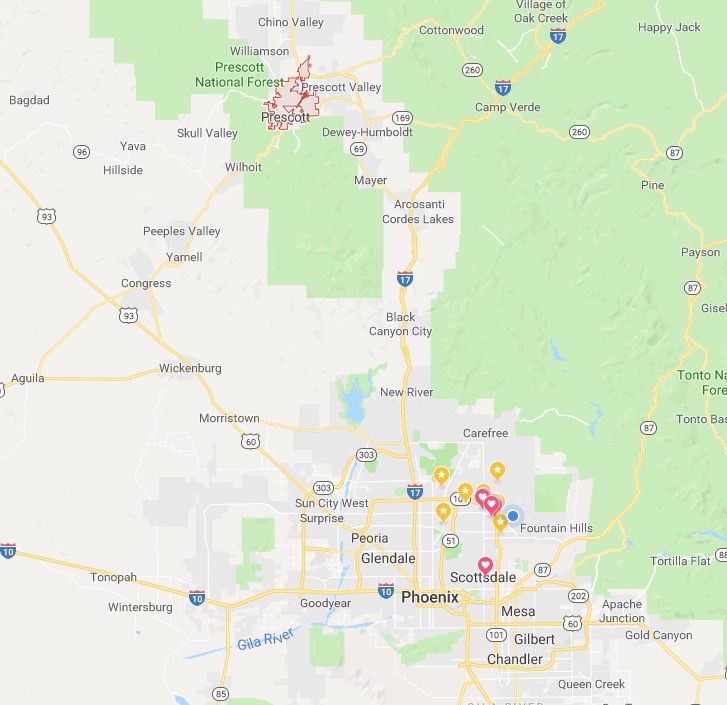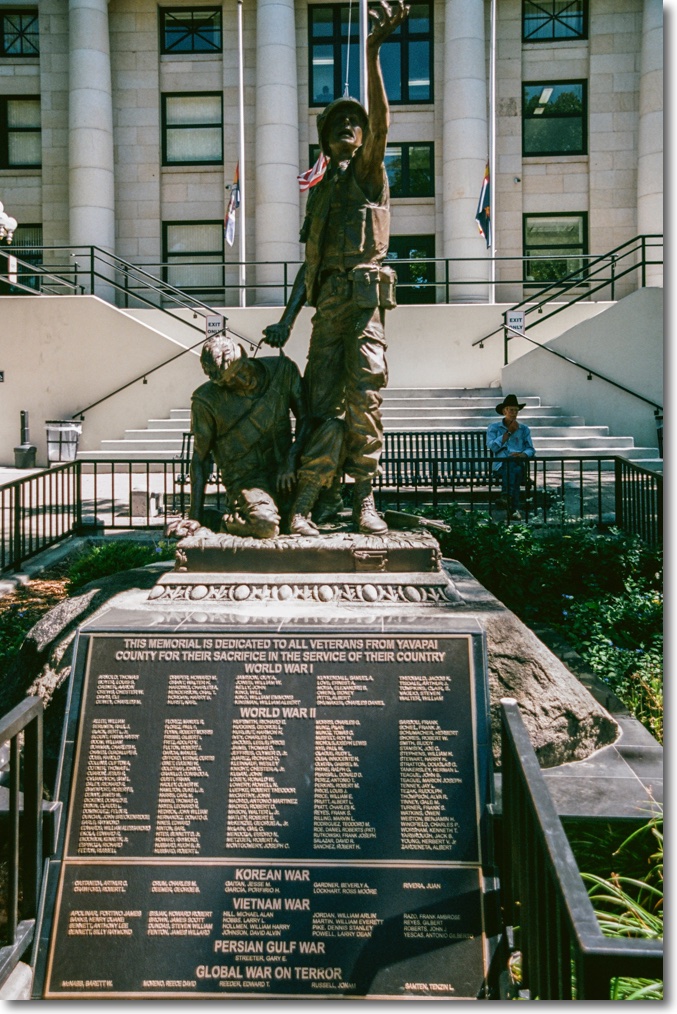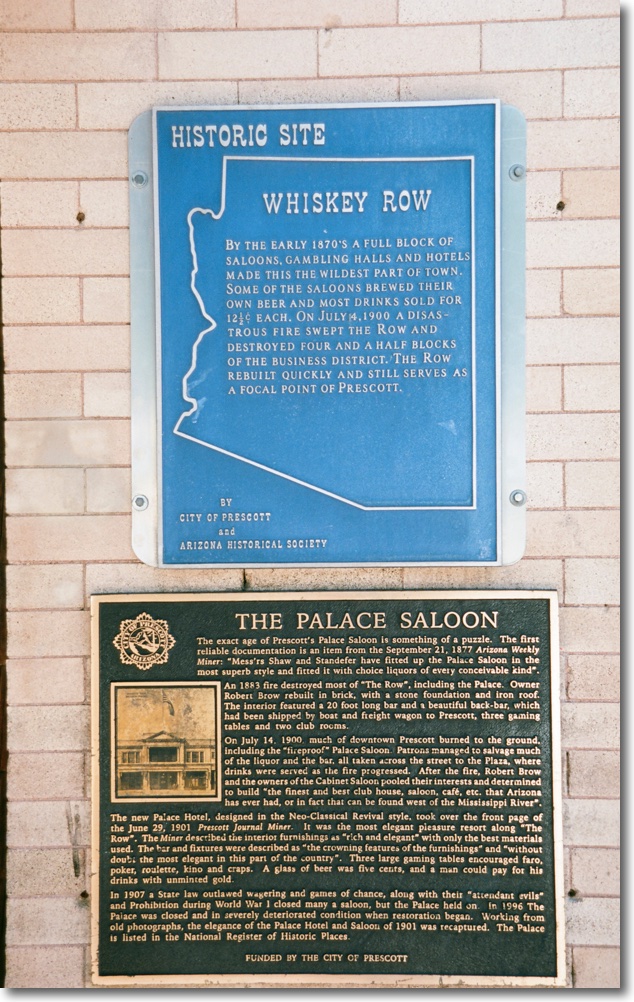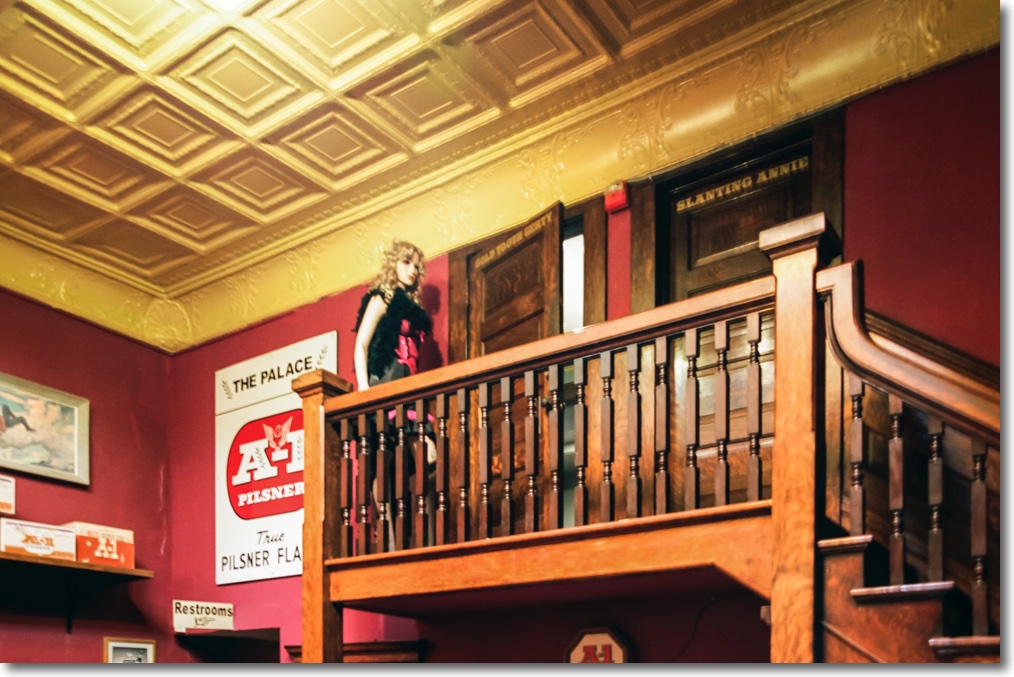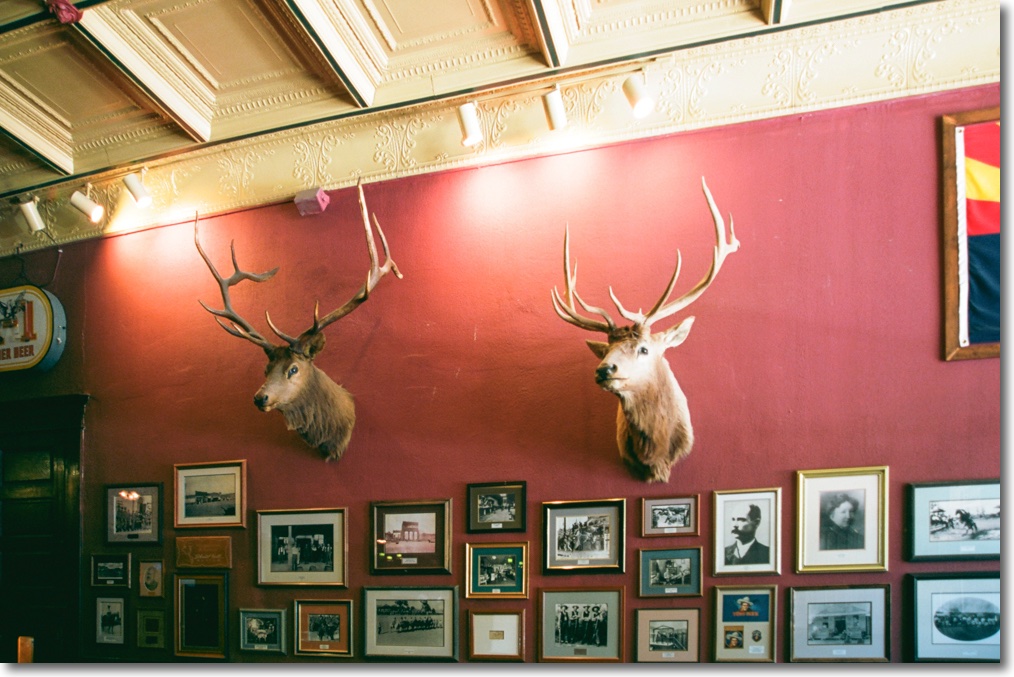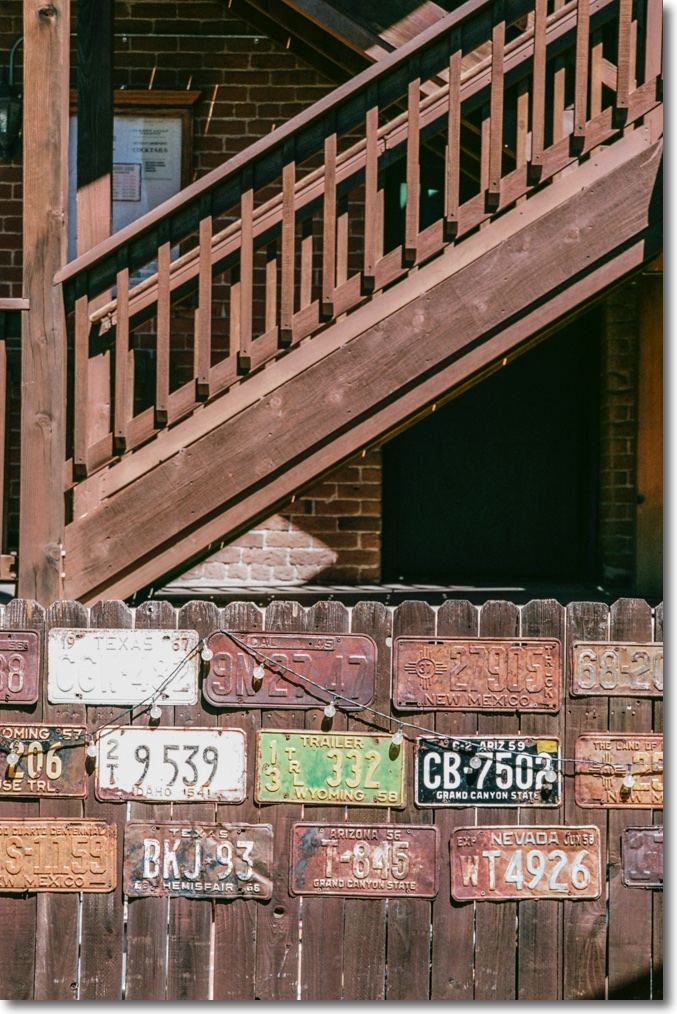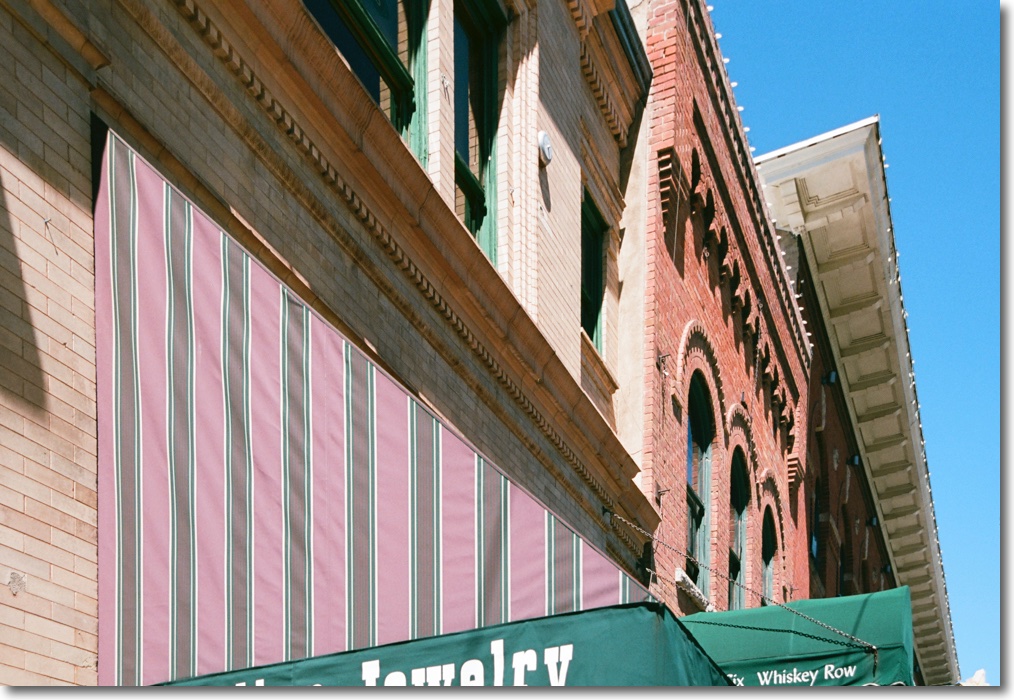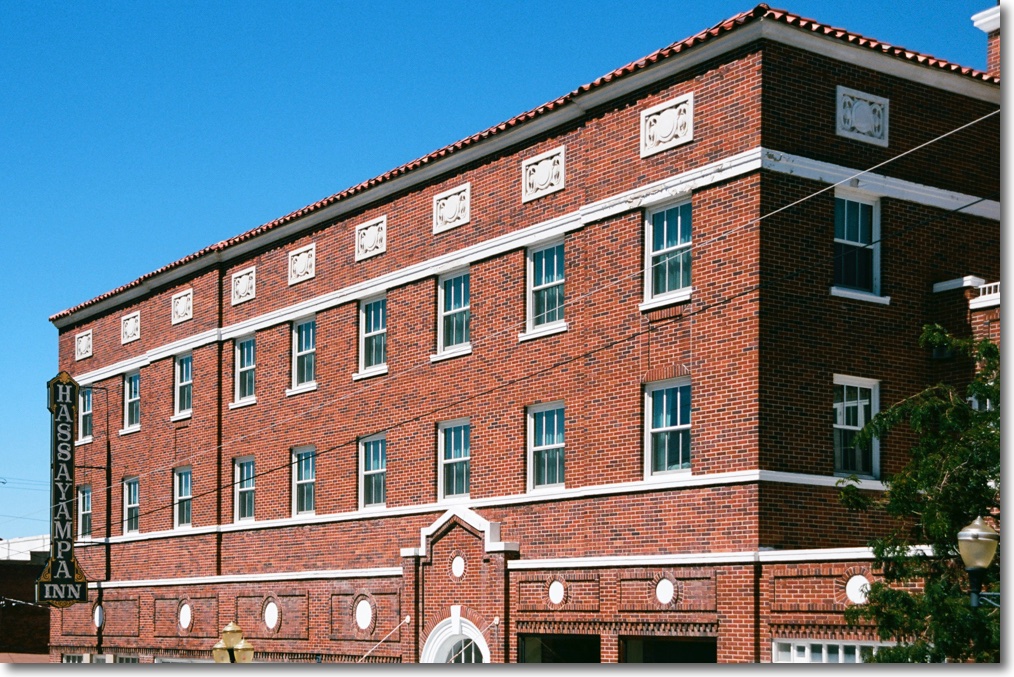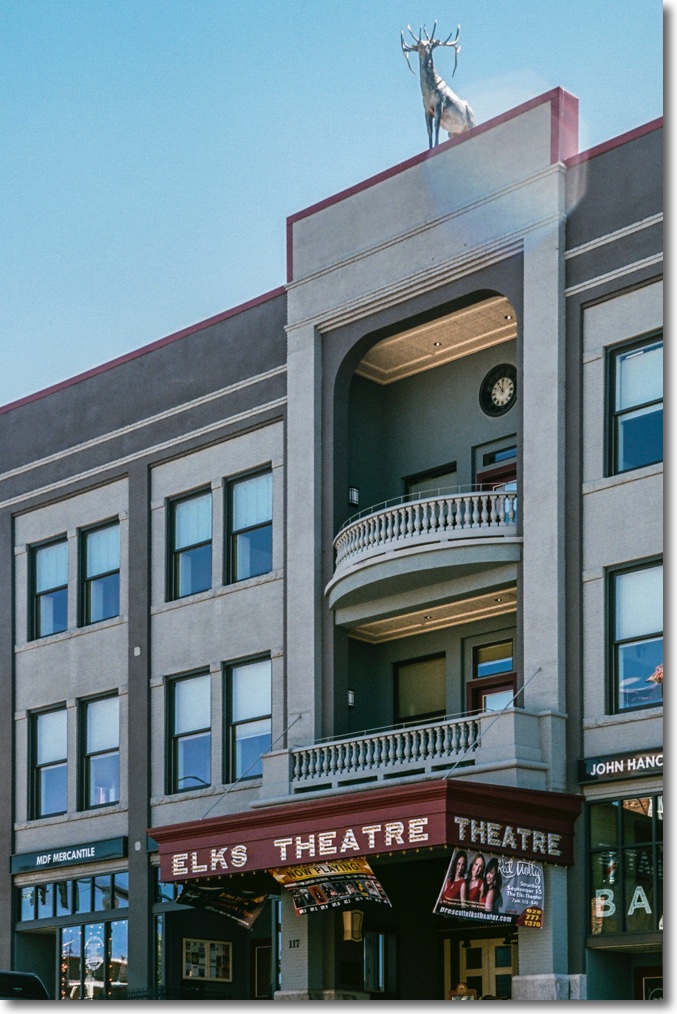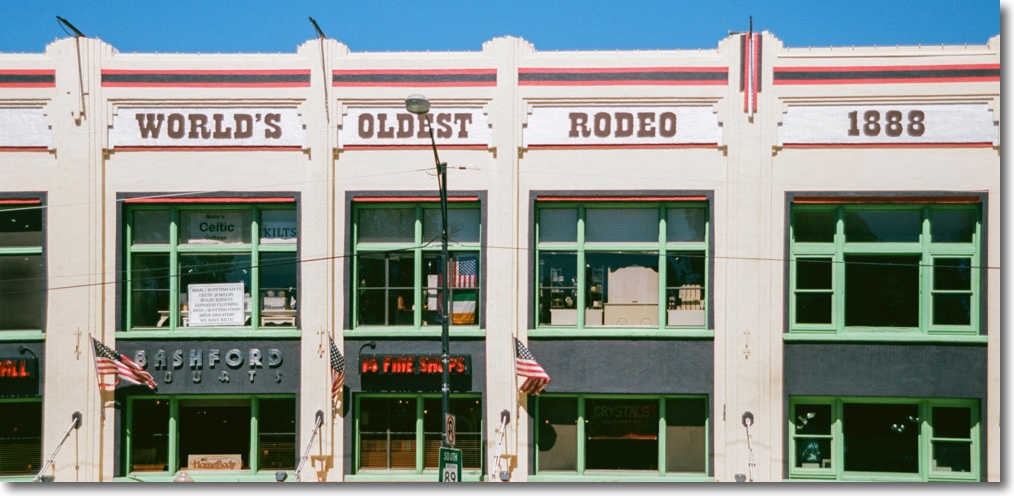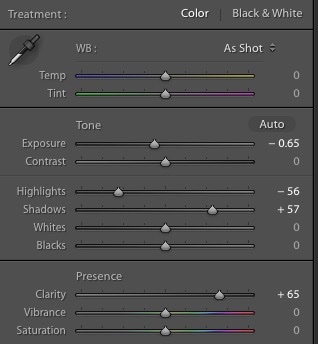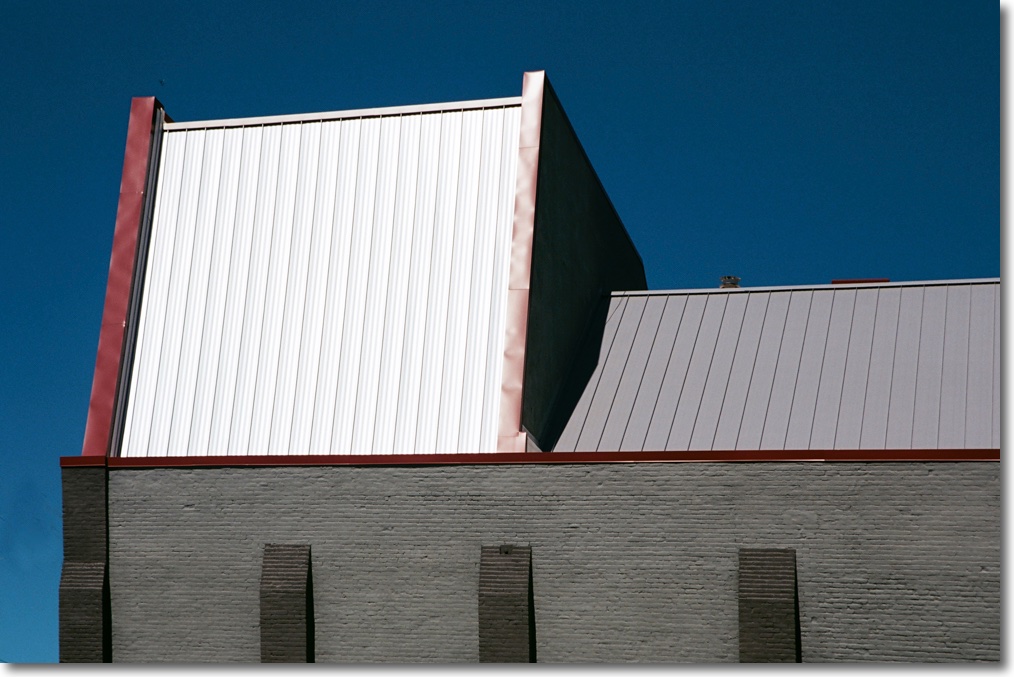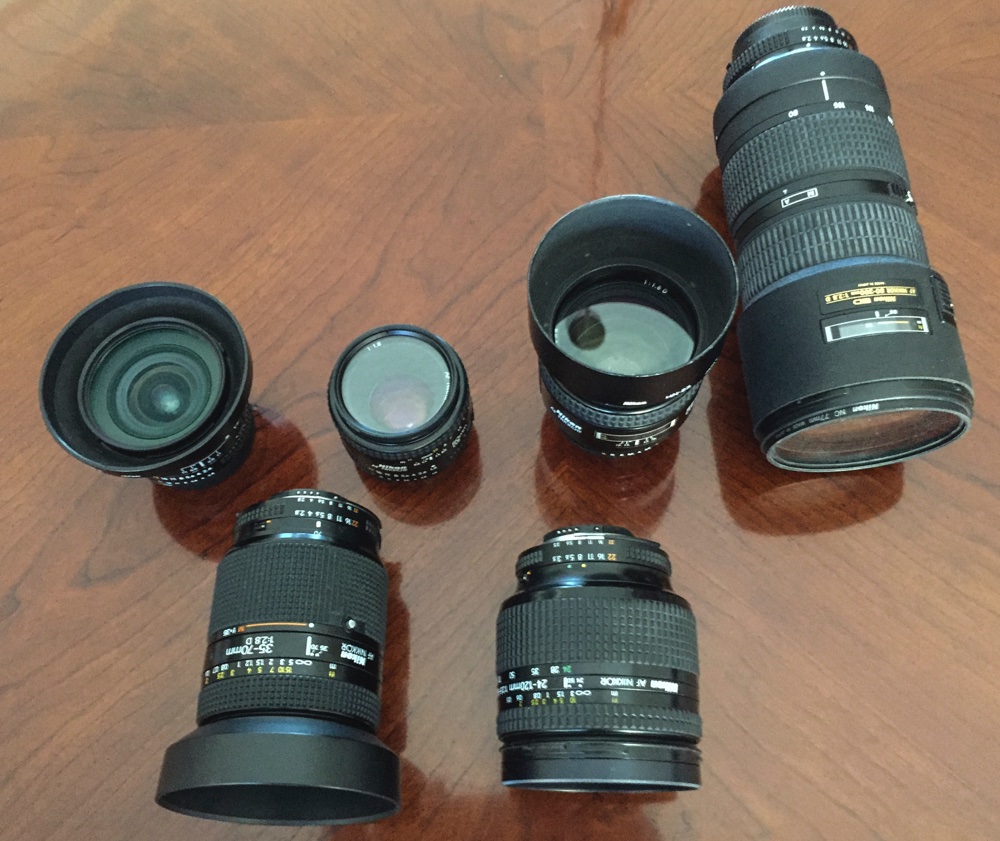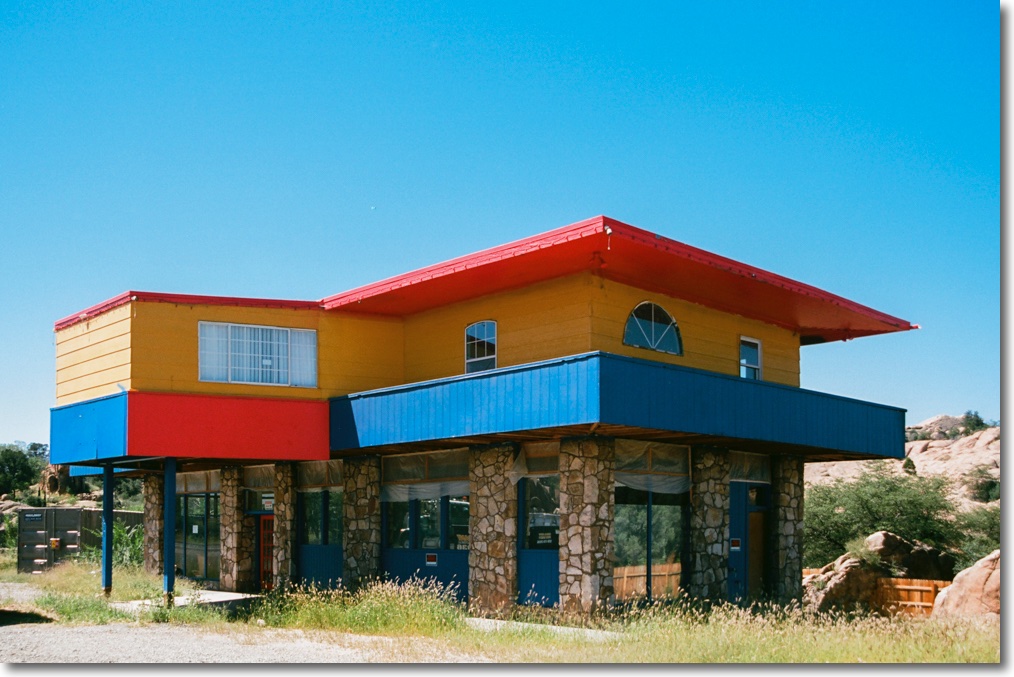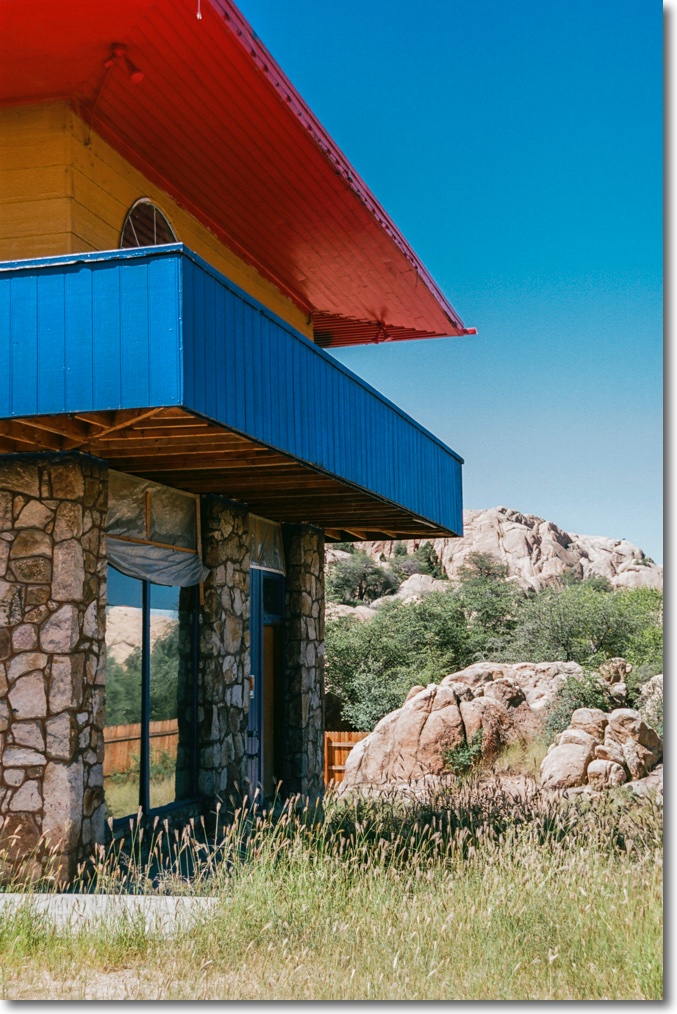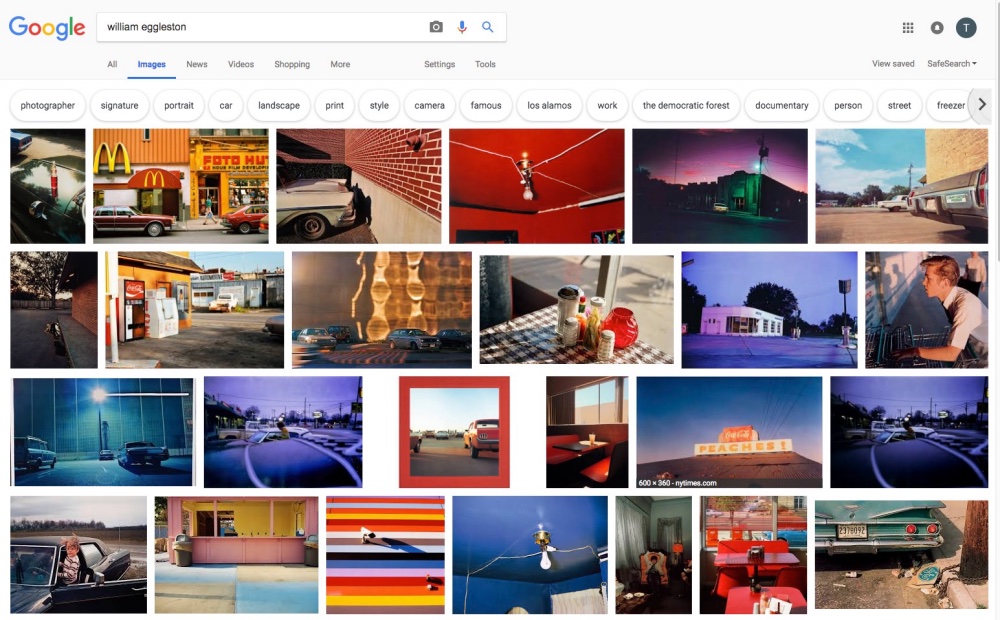Same size but faster.
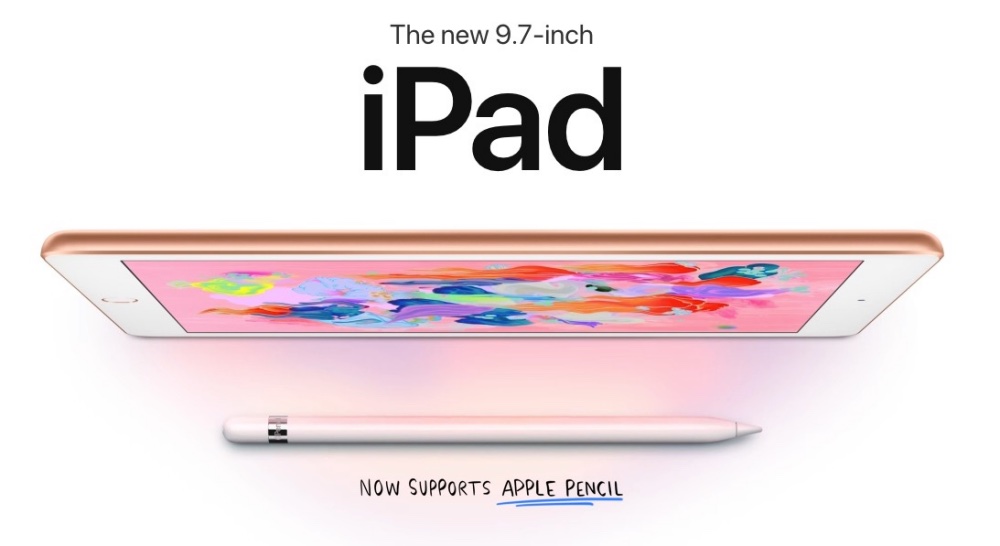
With consumer protection laws having been destroyed by the current Pig Administration – along with civility, discourse, integrity, diplomacy, science, education and the environment – it’s little wonder that Apple gets away with its multi-layered planned obsolescence strategy for its older devices. Leading the charge is iOS which magically makes all older phones and tablets from Cupertino suddenly behave as if they are slogging through frozen molasses.
That symptom had very much affected my 4 years old iPhone6 which I upgraded to a used 128 gB iPhone 7 for a modest $345 after selling the iPhone6. The speed gains from the A10 CPU in the iPhone7 are very significant indeed. Why, it now performs as fast as the iPhone6 did four years ago.
A like infection of molassesitis also affected my iPad Air which, believe it or not, is approaching its fifth anniversary and after daily hard use remains as good as new. Except for the speed, that is. It’s now awful.
So it’s off to the local Apple Hipster Store to be met by a 14 year old sporting colored hair and tattoos, passing as an Apple salesperson (gender unclear) to pick up a new 128gB 2018 iPad. The ‘Air’ moniker seems to have been dropped and the top priced models are, Apple assures us, ‘Pros’. Uh huh.
Here are the comparisons of the current models:
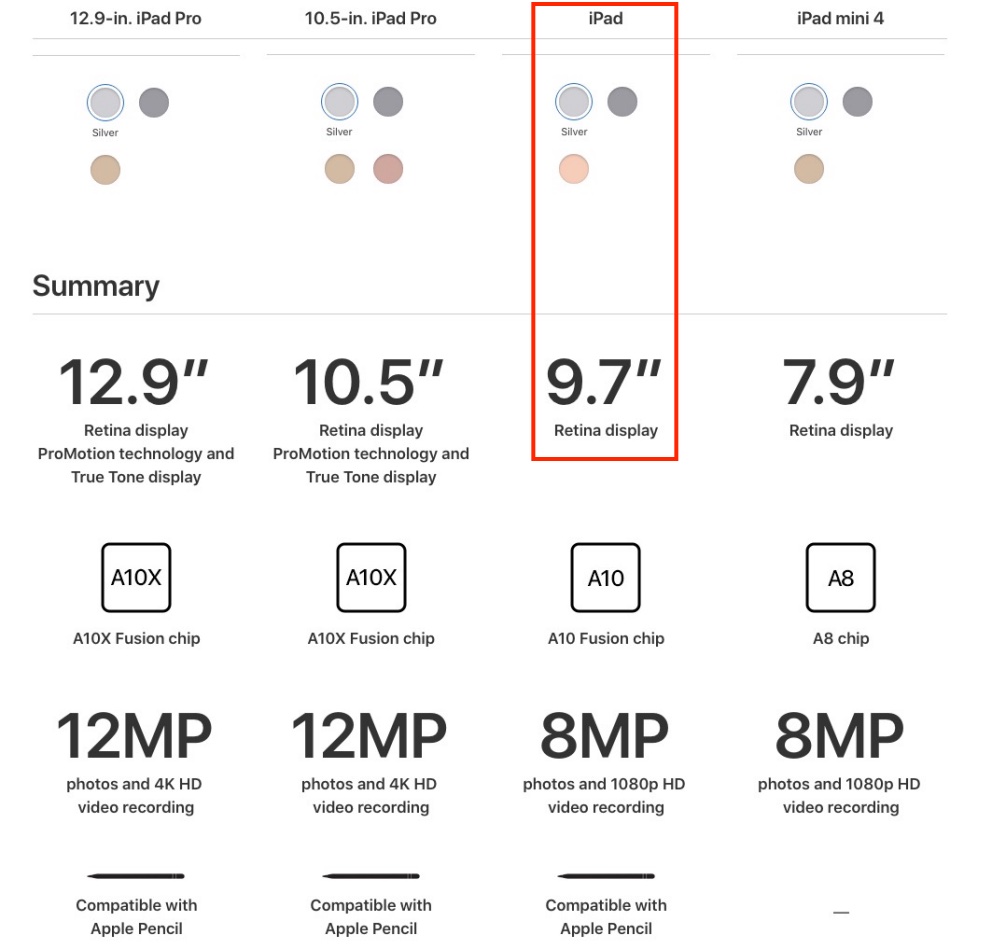
A glance at pricing is an eye opener. I’ll focus solely on wi-fi versions as anyone with an iPhone can simply tether the iPad to the phone’s cellular service and get cellular connectivity. No need to spend an additional $130 on cellular circuitry in your iPad, incurring additional monthly fees in the process.
The costliest iPad, the 12.9″ iPad Pro costs $1149, which strikes me as an awful lot of money. By contrast, the 9.7″ regular iPad, albeit with 128gB rather than 512gB of memory and a marginally slower A10 CPU (same as used in the iPhone7) is just $429. No prizes for guessing which one I chose. Buying used makes no sense here as few recent iPad models are available used. People hang on to these devices a long time. My old iPad Air will sell for $180, making the upgrade cost just $249. That works for me.
So if ever the word ‘bargain’ can be associated with Apple hardware, I do believe the 2018 iPad qualifies.
With a 9.7″ screen, the same size as in the original iPad Air, size is perfect for anything from book reading to stock analysis or movies. And it fits travel luggage just fine.
How do the CPUs compare? Geekbench data show the following:
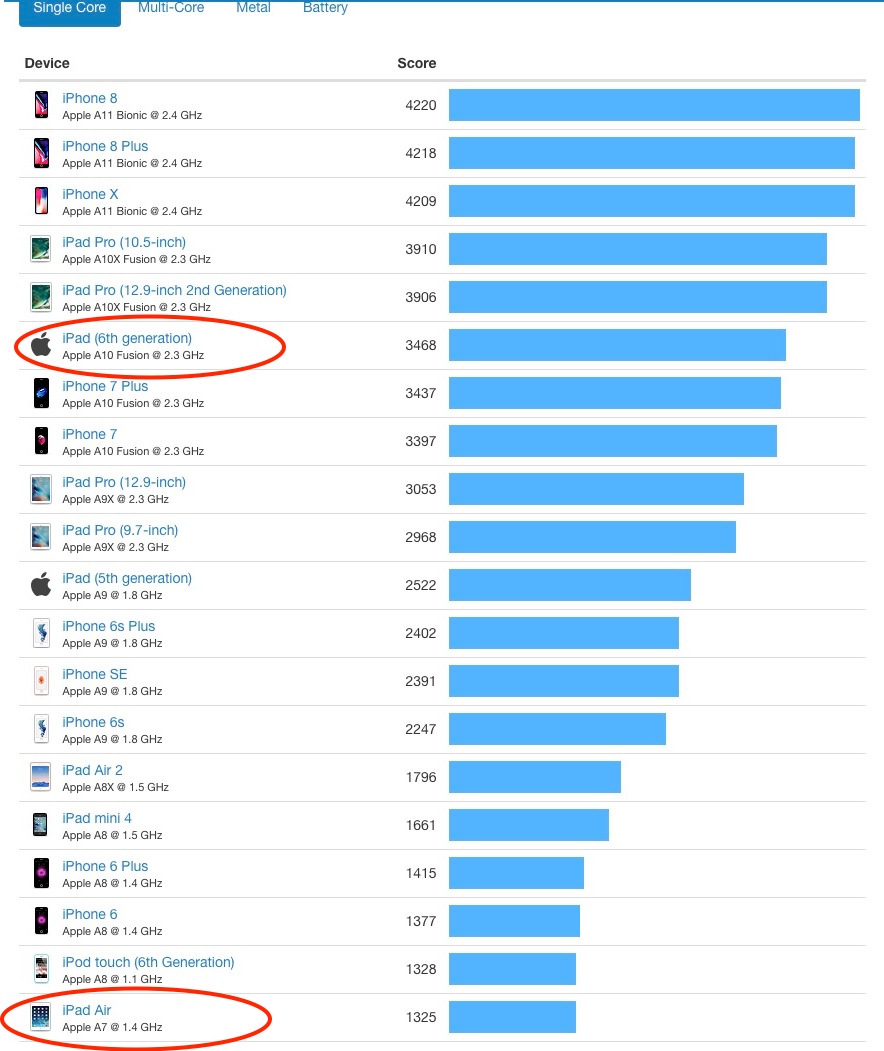
The 163% CPU speed gain on single core operations (which dominate use) is comparable to the speed gain of the iPhone7 over the iPhone6.
One reason Apple’s iPad sales have been so weak is that the device is very long lived and very well made, retaining high resale value unlike your Android or Amazon Fire piece of junk. Further, Little Johnny in the classroom does not mind too much if he has to wait a few more seconds for his iPad schoolbook to open. His major upgrade reason is that he just dropped the device on the floor. The life expectancy is high even in LJ’s uncertain hands and his affluent folks are welcome to pony up an outrageous $99 for the Apple Pencil so that he can scribble away to his heart’s content. Until he loses it, that is.
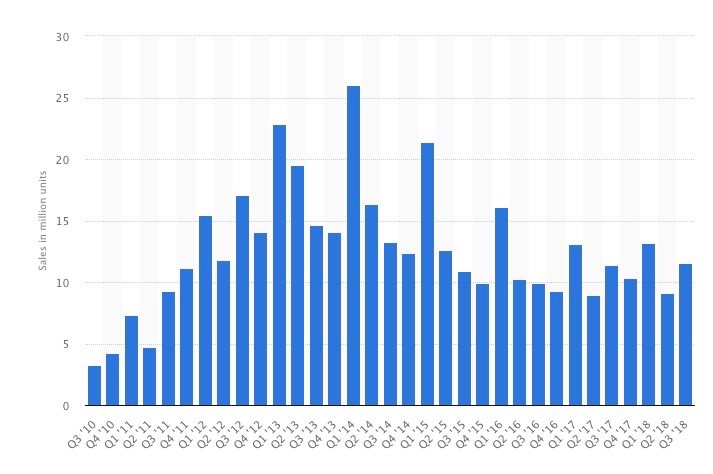
Now that’s what you call a downward trend.
iPad sales have pretty much flat lined since 2014 when the original iPad Air hit the market. For far too long the device was overpriced and seriously lagging in hardware compared to its iPhone siblings. Now Apple seems to have woken up, slashed prices at the lower end (my iPad Air ran some $600 5 years ago – call it $700 in today’s money, and with just 64gB of memory) and brought the innards up to speed – a far better camera (though, really, only folks with plastic pocket protectors use an iPad for photography), a speedy CPU and lots more memory at non-gouge prices. Add the fingerprint sensor in the 2018 model I bought and you have iPhone-like speed and functionality.
Mercifully the 2018 iPad retains the coaxial headphone/earbud socket and dispenses with face recognition, the latter an idiotic technology and the ultimate solution looking for a problem. What on earth, pray Apple, is wrong with fingerprint recognition? How about redirecting some of those vast R&D monies wasted on face recognition on making Siri actually work? Or improving voice recognition?
Fingerprint recognition works fine on the 2018 iPad though the nice haptic feedback found in iPhone7 is sadly missing. The Home button on the iPad is still a mechanical micro switch, not a zero wear touch sensor. That said, after 5 years of daily use the Home button on my original iPad Air continues to work well. Also missing is ForceTouch, a nice iPhone7 feature Apple appears to be discontinuing (Hint: It’s called Margin Greed).
I’m looking forward to a happy 5 years with the new 2018 iPad, and to an Administration which will once more honor Consumer and Human rights. Meanwhile I console myself with the thought that the 2018 base iPad may actually be a bargain. And iOS 12, which I just installed, does not cripple performance. In fact, it works well.
